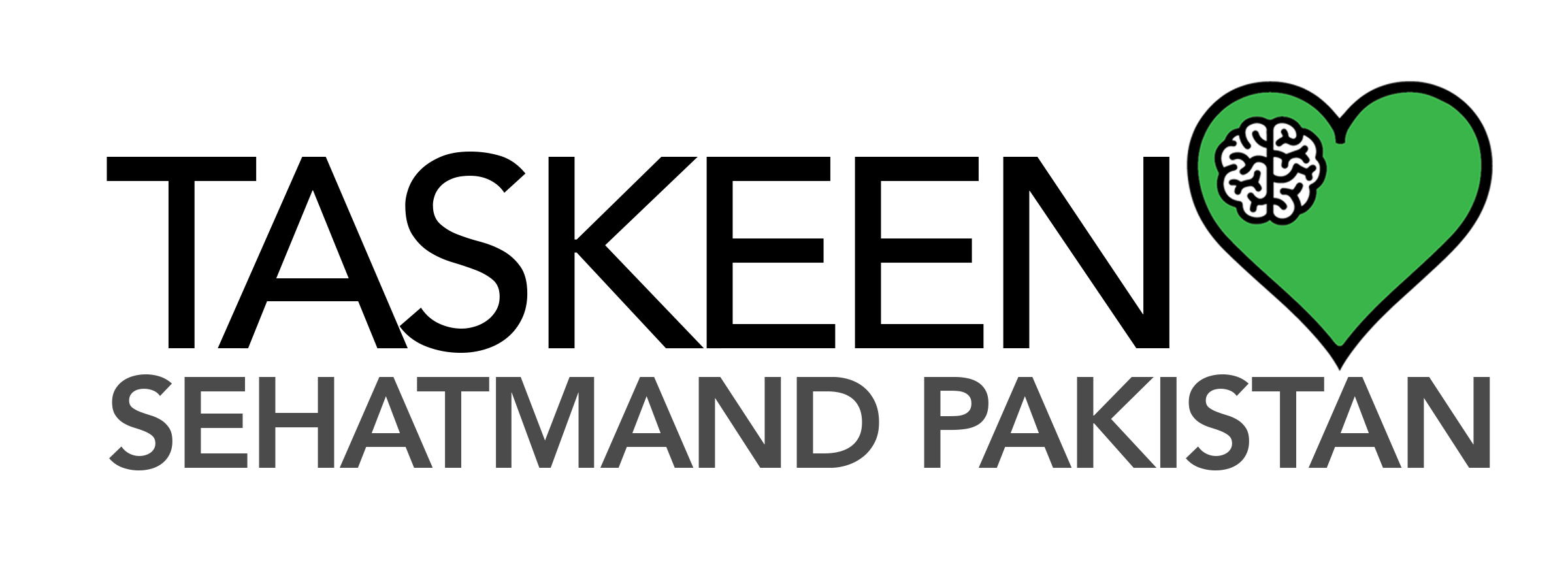Expressing our emotions through creative means can not only reduce distress, but can also be an empowering exercise. Often we struggle to express our emotions through words and in conversations. Art journaling is an alternative way of externalising the emotions we experience, using colour, space, texture etc. In doing so, we can become aware of our emotions, link them to our thoughts and behaviors and experience them in a more balanced and manageable way.
Art journaling has a rich history and has proven to be an effective means to deal with emotional distress. It has been used both by professional art therapists working with their clients as well as by people who want to take some time out for themselves and engage in self-care activities. There are no ‘right’ or ‘wrong’ ways of doing art journaling, as what really counts is not the final product but the process (the doing of the art journal itself). Remind yourself during the process that art journaling is not about approval from others, but an activity you do for yourself.
It is important that you try to put your inner critic, the fear of failure, and the fear of the unknown aside. Don’t try to analyse the art, rather observe it and acknowledge the responses it evokes in you. Notice both the negative and positive responses, without judging them. Allow, observe, recognize and accept the feelings that emerge both during and after the art-making.
There are a few tools and techniques that may help you to get your art journal started:
- Create yourself a little toolkit
A simple notebook or booklet, pencils, colourful pens, tape, old newspapers or magazines, scissors, leaves or soil – whichever of these things and others that come your way – are a great start. There are more things around than you think there are. And if not, even with a pencil we can fill an entire art journal!
- Make the art journal yours
Write your name on it, create a cover page, fill it with images, shapes and colors that speak to you and help you express yourself. In order to protect your privacy, leave it in a place where only you can find it.
- Start a routine
It is important that you take out time to regularly do art journaling. At times, journaling at the same time in the same place can help develop a routine and stay consistent. Even if it is only for ten minutes, the practice to take time out to be with your inner reflections is what counts!
- Have a start with shapes:
It can be difficult to choose an art activity and getting started may be the most difficult part. If you are not used to doing art regularly or feel self conscious of the product, start with drawing specific shapes – parallel lines or circles. Allow yourself to draw as fast or slow as you feel like – it is the process, not the outcome which counts. It is a calming exercise and you may be surprised at what emerges.
- Some activities you can try are:
– What is my climate today?
Ask yourself how you are feeling today and let a drawing of a particular climate and weather, with different shades and colours, answer the question.
– Non-dominant hand drawing
If you are right-handed, try using your left hand, and vice versa. Non-dominant hand drawing has proven to engage the brain in a different way and enhances our cognitive capacities. More importantly, using your non-dominant hand allows you to focus less on the art product and more freely on the process of art making itself.
– Photo-collage
Put together pictures, newspaper snippets and other material in a collage. You can draw under, over and between the bits and pieces you have put together.
Practicing art journaling regularly and in a structured manner has proven to be greatly effective as a form of stress relief and to deal with unpleasant emotional states, as well as savour pleasant ones. The simplicity of the process and the ease of access to materials allows anyone (any gender, age or socio-economic class) to utilize it to help themselves relieve stress, express their inner thoughts and feelings, and gain clarity and at times even insight to resolve dilemmas or challenges.
